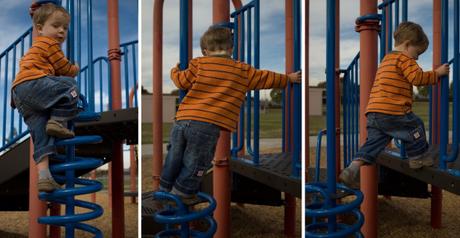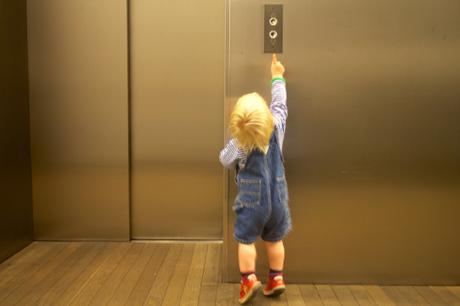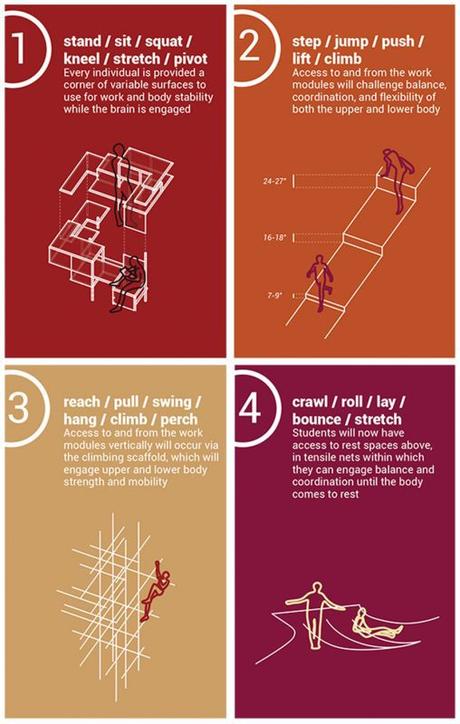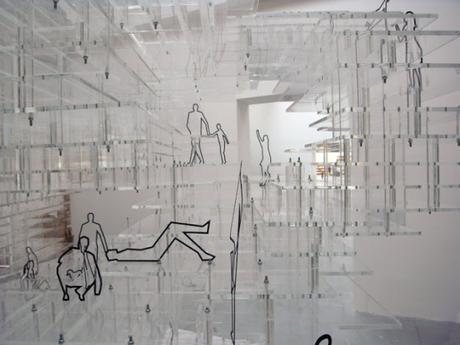Think of ways to ascend or descend a building?
Did you think of stairs, elevators or ramps?
What about climbing, sliding, crawling or rolling?
The last suggestions are rarely used. Why have architects become so restricted by what is expected of a building?

Photo: Frankjuarez
What is the relationship between architecture and the body?
What shapes the human body?
Is it the food we eat? The way we move? The built environment where we spend most of our time?
For centuries, architects have designed things to help protect the human body from harm. The focus has been on designing environments that make our lives easier or where we can save time, for example, by using a lift. Yet, in many cases, the need to move and to use our muscles have been eliminated.
There is a fine balance between removing physical challenges that are harmful to our body and removing challenges that are beneficial for our health.

Photo:Richard Leeming
Perhaps we should design and create spaces that challenge our physical skills and encourage a range of movements that help support better health.
Architectural history has not shown much interest in movement and how movement shapes the physical body. Can we create a different environment than the one we are used to? How can we challenge the way furniture are designed.
“Sitting is not the problem. It’s the amount of time we spend doing any one behaviour that the threatens the health of the body.” Lauren Friedrich.
Our bodies are shaped more by how we move than by how much we move. Our brain quickly adapts to its environment and when our body adapts, it stops sending sensory signals to the brain. Routines place us in automatic pilot mode and repeated movements reshape and change muscles, bones, and tissues. Our body adapts to the environment.
To deal with the static environment that we have often created, Lauren Friedrich designed an environment that engages the full body with three main movement parameters.

Lauren Friedrich’s proposed workspace has several goals: to stress the body beyond what it’s accustomed to, to progressively adapt the body to these new stressors, and to vary the movements being performed.
A desk tells you how to use it and how to work at it in a certain way. A chair tells you how to sit. Furniture lack flexibility and as soon as a furniture does not seem practical we eliminate it entirely.
But should design require our body to behave in a certain way every time?
Architects like Sou Fujimoto have used the human body as inspiration for designs. A playful sketch that challenges us to think of the relationships between the body and the environment in different ways.

Lauren says:
“In nature, “affordances” of scale, framework, and interaction provide the individual the freedom to choose how much to stress their body, where to move, and how to interact with the environment. Architecture should provide the same freedoms.”
Why not challenge yourself and use animals such as the dormouse as inspiration when thinking about new ways to design a house or a chair?

Photo: Danielle Schwarz
